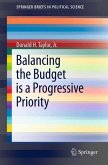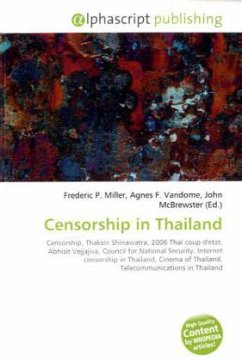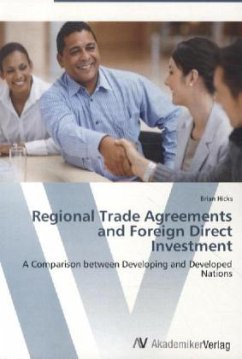The instability in the Southern Border Provinces of Thailand resurged on January 4, 2004. The current conflict is more complicated because the government, the insurgency and the population all need to be recognized as players.Of these, the population is the most important actor, especially its interaction with the international community, as stated in the Gordon McCormick s Counterinsurgency Model. The state and the counter-state are trying to use their own strategies to gain advantages in controlling the people and gaining international support, while simultaneously blocking the other side from doing so. According to Arreguin-Toft s study, the state will win the war if it utilizes the same approach as the counter-state. The asymmetric warfare model of Arreguin-Toft applies well to this case since the use of direct strategy and strong force are not always the right approaches in every battle. Additionally, the forms of insurgency in the south of Thailand have changed from guerrilla warfare and indoctrination into the insurgents ideology as a tool to draw support from people into, instead, the use of violence in the form of terrorism.So, the term "insurgency" needs to be redefined.








